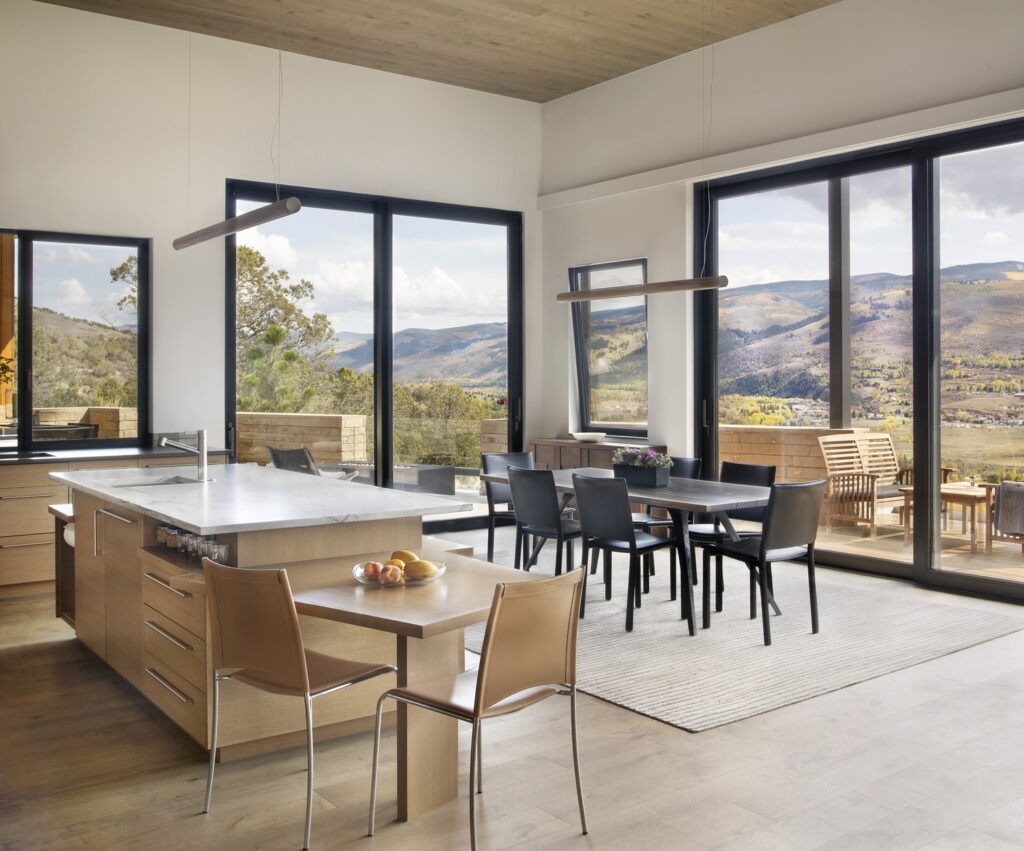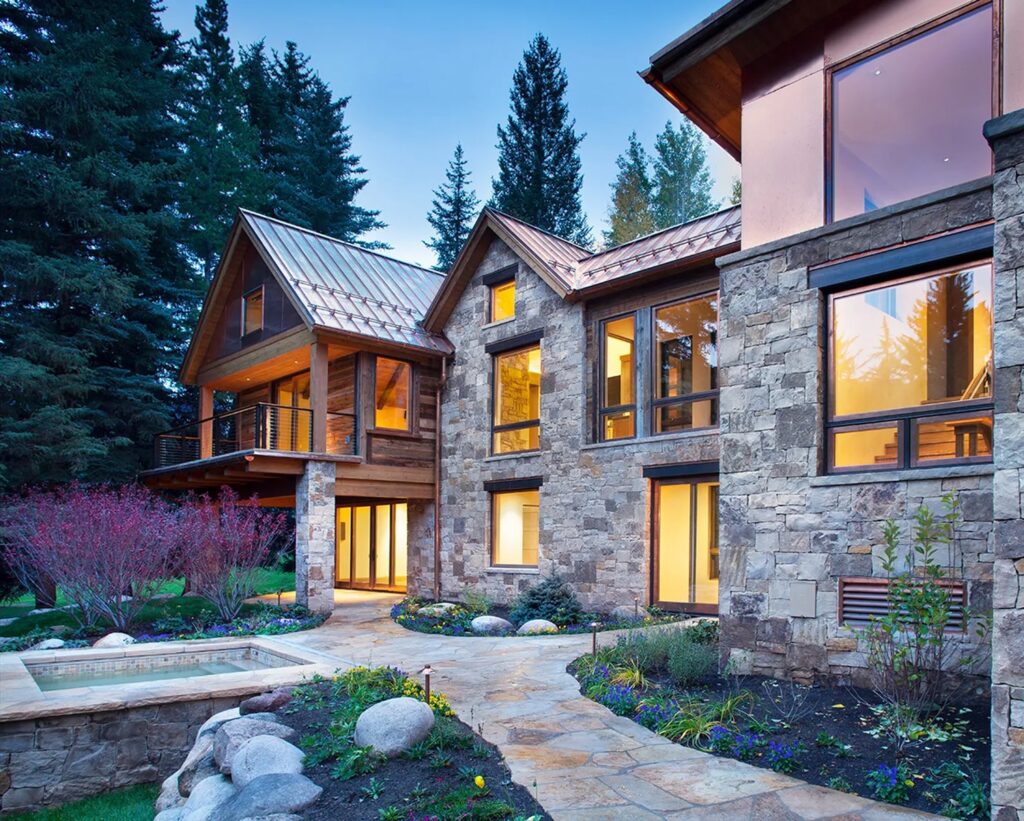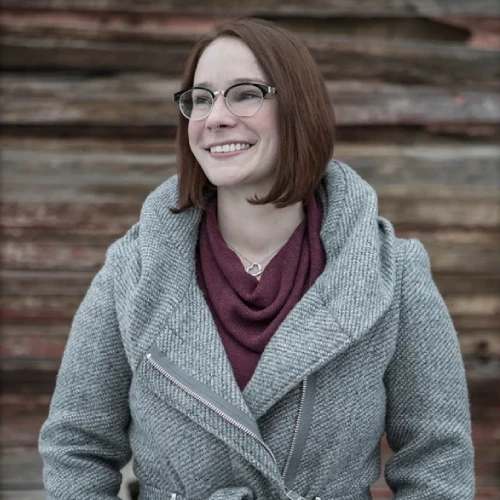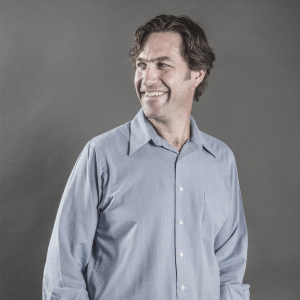Choosing the right project delivery method can make or break a construction project. Exploring options like design-build and design-bid-build is crucial to achieving the best outcome for your construction project. These construction methods play a significant role in shaping your project’s budget, timeline, and final quality. Familiarizing yourself with the benefits of each method can guide your project towards its goals, ensuring it keeps to your budget and timeline and ends with a construction achievement you’ll take pride in. Understanding these differences is not just about ticking boxes; it’s about making informed choices that align with your project’s goals, especially when tackling complex challenges like building on a slope and seeing those choices come to life in the work completed.
Design-Build Construction Overview
The Design-Build (DB) methodology is efficient and collaborative in the construction project delivery sphere. Unlike the traditional Design-Bid-Build (DBB), DB merges the design and construction phases under one contract with the project owner. This contract creates a unified team of designers and contractors who work together from start to finish, specializing in various architectural styles, including ranch architecture. This approach not only streamlines the project timeline by blending the design and construction phases but can also lead to cost savings, thanks to removing the bidding phase and increased collaboration from the get-go.
The Implications of Design-Build

However, the DB model comes with its own set of challenges. It places a considerable amount of responsibility, and thus risk, on the design-build team, potentially limiting designers’ creative freedom due to a focus on cost and schedule. The general contractor, who oversees contracts and payments, might lean towards the most cost-effective building methods, which could impact design quality if not monitored closely. Moreover, this approach shifts traditional project risks to the design-build team, requiring them to manage design and construction complexities simultaneously. This collective problem-solving might necessitate additional liability insurance to cover the expanded scope of their responsibilities.
Pros and Cons of Design-Build
Pros
Collaboration and Communication: One of the most significant advantages of design-build is the enhanced collaboration between architects, builders, and the client from the project’s inception. This synergy fosters creative solutions and ensures everyone is on the same page, reducing misunderstandings and miscommunications.
Cost and Time Efficiency: Projects using the design-build approach usually enjoy lower costs and faster completion. This method simplifies the process by combining the design and construction phases, which helps avoid the common delays when waiting for bids or making design changes. Additionally, having one team handle the entire project ensures better coordination of the budget and actual expenses, which helps prevent unforeseen costs.
Single Point of Responsibility: The design-build model provides clients with a single point of contact, simplifying project management and decision-making. This reduces the client’s burden of mediating between separate design and construction contracts and can lead to a smoother project flow.
Cons
Limited Design Competition: Unlike the design-bid-build approach, where the design phase is separate and can be competitively bid, design-build offers less opportunity for design and builder competition. A reduced focus on design could limit innovation and creativity in the design process.
Perception of Control: In a design-build contract, where the contractor leads the project, some clients may feel they need more control over the design. This concern arises when foundational elements of the design are finalized while details of the upper levels still need to be decided, introducing potential cost uncertainties and future conflicts. Moreover, unclear costs can lead to disagreements within the design-build team, heightening worries about whether the completed design will meet the client’s expectations without their direct involvement.
Design-Bid-Build Approach

Design-Bid-Build (DBB) is a construction process that has been around for a long time and is a well-established tradition. This method divides a project into three phases: design, bidding, and construction. The project owner initiates this strategy by employing an architect and engineer to design the entire project. When the project’s design phase is complete, it is put out for bids, and contractors are invited to submit their estimates for the work. From the initial concept to the end of the project, this method offers clarity throughout each phase, providing a sequential road from the beginning to the beginning.
The DBB methodology is distinguished by its uncomplicated, phase-by-phase progression, enabling project owners to assess designs and proposals completely before moving forward. In addition, this approach uses competitive bidding, which encourages contractors to provide their most competitive pricing. However, the distinct separation between the design and building stages might result in complications, such as delays or cost overruns, if changes occur during construction without an architect on board. Additionally, the process of defining the roles and duties of the design team and the general contractor is straightforward with industry-standard contracts. DBB continues to be a popular option for many people because of its well-known and organized strategy. This technique encourages owners to carefully match the particulars of their project with the advantages that each method in particular provides.
Discover the extensive range of design services available at SRI Architect, tailored to meet your unique project needs and exceed your expectations.
Benefits and Drawbacks of Design-Bid-Build
Benefits
- Predictability: Design-bid-build projects follow a well-defined schedule from start to finish, which can be comforting for project owners who prefer a structured approach.
- Budget Control: This method allows for more accurate budgeting. Since the design is completed before the bidding process begins, the scope of work is more evident, leading to more precise cost estimations.
- Clear Selection Process: The bidding phase enables project owners to compare contractors based on their bids, qualifications, and experience. This transparency ensures the selection of the most suitable contractor for the job.
- Well-Defined Roles and Responsibilities: In the DBB approach, each project phase is clearly delineated, with distinct roles for designers, contractors, and project owners. This separation of duties can lead to greater accountability as each party is responsible for specific aspects of the project, reducing overlaps and confusion over responsibilities.
- Comprehensive Documentation and Oversight: The DBB process often results in thorough documentation, including detailed plans and specifications, since the design is fully completed before construction begins. This comprehensive documentation aids in quality control ensures compliance with the project requirements, and provides a clear framework for evaluation and oversight throughout the project lifecycle.
Drawbacks
- Inflexibility in Changes: Once the design is set and the construction bid accepted, changing the project scope or design can be cumbersome and expensive if you do not have architect supervision. The DBB process typically requires formal change orders, renegotiation, and a worst-case scenario of re-bidding to adapt to new requirements or innovations once the project is underway.
- Potential for Conflict: With separate entities responsible for design and construction, there’s a higher risk of discrepancies and miscommunications. This division can lead to conflicts that affect the project’s smooth execution.
Understanding these pros and cons is crucial for project owners considering the design-bid-build method. It suits less complicated, predictable projects with strict budgets and flexible schedules, especially in the public sector. While it offers straightforward budgeting and transparency in contractor selection, it is essential to weigh these benefits against the method’s slower pace and the potential for increased conflicts and reduced flexibility.
Conclusion
Picking the right approach means matching what your project needs with what each option offers, leading you to a solution that meets your goals. This decision involves taking a close look at the complexity of your project, figuring out your ideal timeline, and deciding how involved you want to be. It’s about understanding the challenges specific to your project, setting a realistic schedule to address these challenges, and defining your role throughout the project.
Comparing design-bid-build vs design-build can significantly impact this decision-making process, as each methodology has distinct advantages and constraints that align differently depending on project requirements. By carefully considering these aspects, you can choose a method that fits your project’s objectives and boosts its chances for success, crafting a path customized for the best outcomes.













